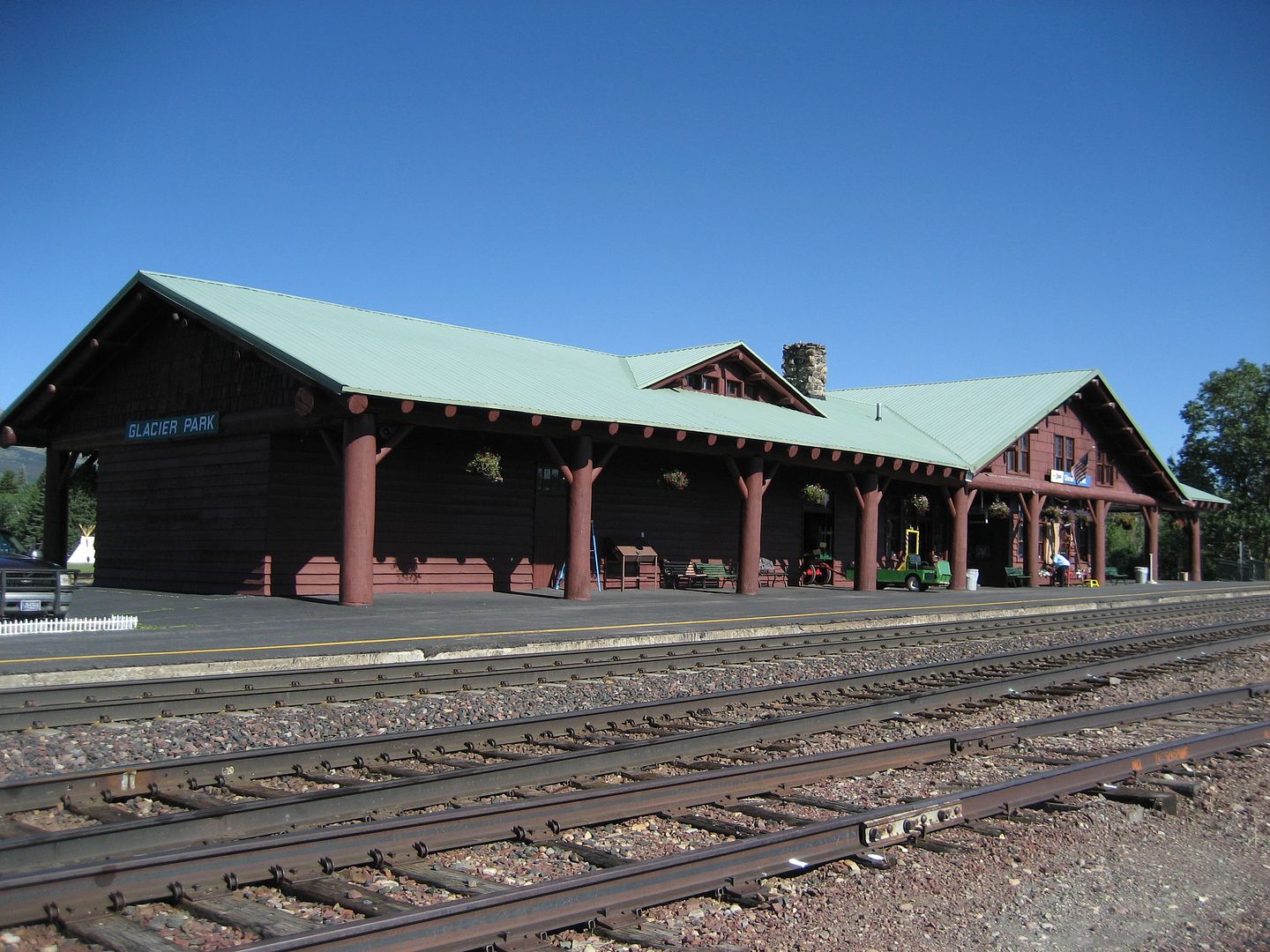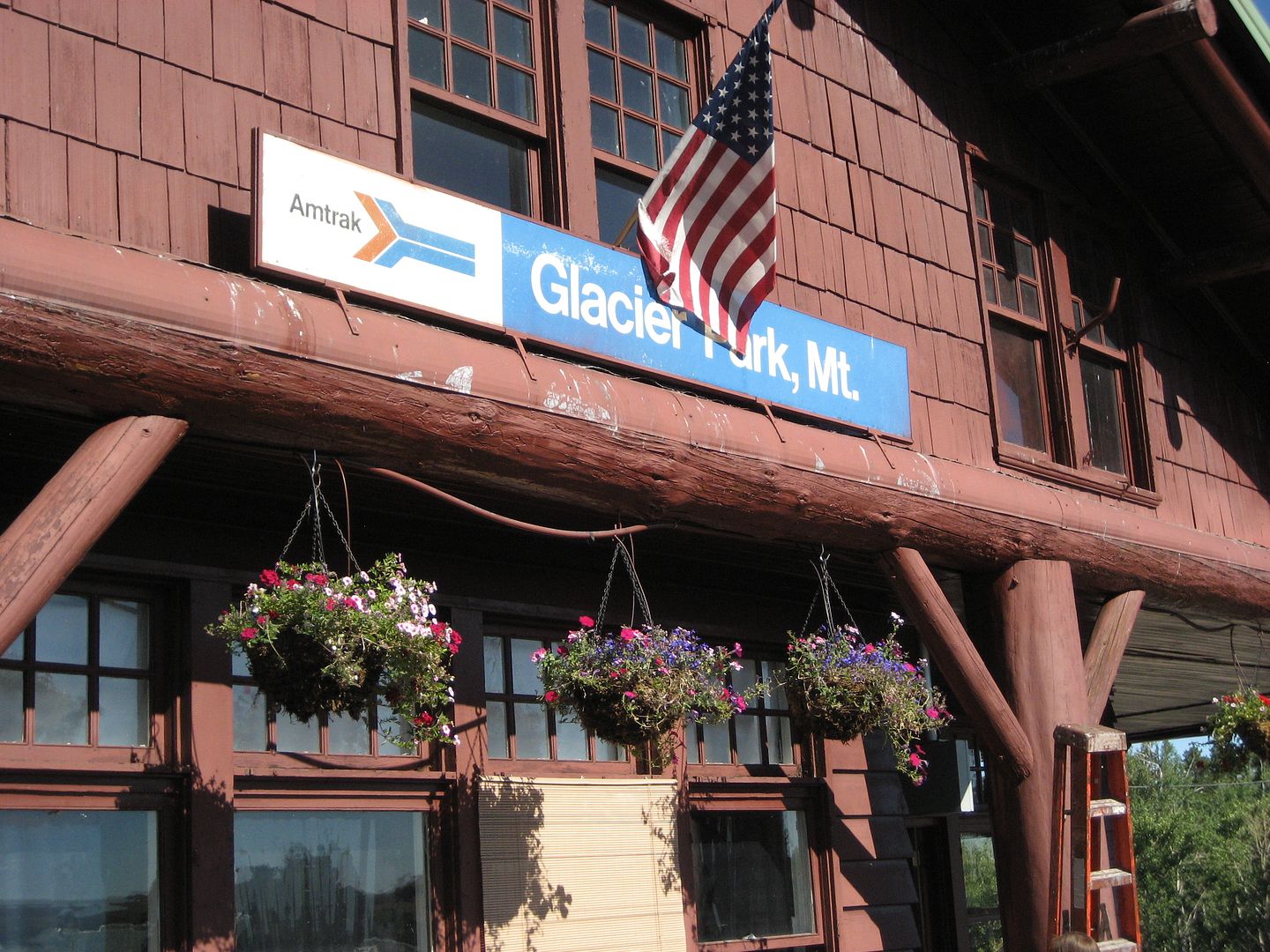So what's your proposed logistical solution for doing away with semis?
Trains.
So trains will replace semi deliveries to every point of sale? What if I need to ship 40k pounds from OH to TX and it be here in 2 days, how does this function by rail?
That's just it: it doesn't need to be there in 2 days if we do not cling to the extraordinarily wasteful "just in time" inventory regime. We waste--as a society--immense resources in the current logistics system, and I eagerly anticipate the day it dies the ignominious death it deserves. I just hope that that day is not postponed until our resources simply collapse.
The biggest problem with your idea is that the railroads don't even WANT most of the traffic you are talking about. The reason so much of this traffic goes by truck is the railroads ran the customers off, either by offering lousy unreliable service, or all but flat out making it impossible for the customer to ship by rail. The loads the railroads are interested in are unit trains, customers that move hundreds or thousands of cars a year, and those loads like coal, grain, oil and other commodities were they really don't have any competition so they can provide mediocre service and charge whatever the can get away with.
I've been following the railroad industry including trends in management, finace and traffic for about 60 years. A lot has changed but from close observation of railroads in the last 15 years, I can tell you that most of the allegations in this post are false.
Let's begin with intermodal. For the six huge railraods in the US, it is one of the best growing businesses with high profit potential. Some of the service is mediocre, but much is very good. UPS ships many trainloads every day, one of UP's best customers. Anyone who uses UPS regularly knows how good their time reliability is. IF ti's transcontinentl, most of those packages go by rail. CSX has several scheduled UPS trains into the east. I've seen news items about UPS switching railroads because of too many late trains.
Another huge single carload business is plastics, most of which go to transload terminals. In the Houston area, the UP ahs a yard that has several thousand cars of plastic pellets waitoing for custpomer shipping orders. The cars are laoded directly from production lines and the railroad yard is effectively the plant inventory. Many of these cars fgo to transload terminals where delivery is made in truckloads within hours of customer orders.
Corn syrup comes into New England and the NY metro area in tank cars in huge quantities, but not in unit trains. Look at any bulk transfer terminal and you'll see many of them. Many ship on multiple car contract rates, but those are not unit trains.
The same is true of solvents and many other chemicals. Recently a solvents wholesaler in Cambridge eliminated ti's rail siding, but that doesn't mean that CSX lost the business. Now it's being handle through a Transflo terminal - much more efficient that ahving a switch engione deliver a few cars a week. Same for flour. A local baking company that had its own siding now gets the flour through a railroad transload terminal.
Ths service angle isn't as important for those commodities handled thropugh Transflo terminals because those terminlas are used by the shippers as inventory holding points. Truckloads are taken out of the cars to fill customer orders overnight, but the cars enroute to the inventory points don't have the same urgency, the railroad being effectively storage in transit.
A railroad is extemely inefficient when individula carload shipments are being spotted by switch engines at each siding. When rail cars are moved in large lots and small deliveries are made by truck, the total fuel consumed in transportation is much less and the labor cost is tremendously reduced.
As for unit trains, a lot of grain may move thqat way, but the profit margins are low, but better than in the 50's when the railroads lost money on every car. And coal is going to go away, less each year.








